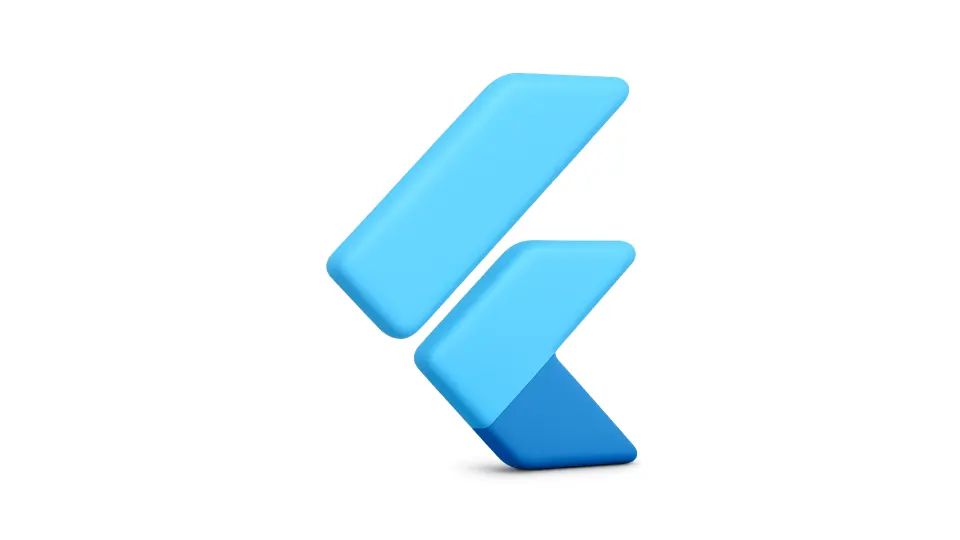When Flutter first appeared, my reaction was immediate: “I need to learn this now.” Over time, I’ve learned not to think of myself as a “React Developer” or a “Swift Developer” or even a “[insert latest trend] Developer.” I just want to be a developer. If you focus on strong foundations, moving from one technology to another becomes natural. Flutter proved that to me. Transitioning from Swift to Dart felt surprisingly smooth—like hopping onto a different plane but flying the same skies.
What is Flutter?
Flutter is Google’s open-source UI toolkit for building beautiful, natively compiled applications for mobile, web, and desktop from a single codebase. It’s powered by the Dart programming language and is famous for:
- Fast development: Hot reload, rapid iteration
- Expressive, flexible UIs
- Native performance on both Android and iOS
- Single codebase for multiple platforms

Why Choose Flutter?
- Productivity: Write once, run anywhere (Android, iOS, web, desktop)
- Rich UI: Built-in Material & Cupertino widgets mimic native look/feel
- Strong ecosystem: Growing community, tons of packages
- Backed by Google: Used in production by major companies (Google Ads, Alibaba, BMW, eBay)
Flutter vs React Native vs Native
| Feature | Flutter | React Native | Native (Kotlin/Swift) |
|---|---|---|---|
| Language | Dart | JavaScript | Kotlin (Android), Swift (iOS) |
| UI Rendering | Skia (Custom) | Native Components | Native |
| Hot Reload | Yes | Yes | Limited |
| Single Codebase | Yes (all platforms) | Yes (mobile only) | No |
| Performance | Near native | Good, sometimes slower | Best |
| Community | Rapidly growing | Mature, huge | Largest |
Setting Up Your Flutter Environment
Getting Flutter ready on your machine is simple. Here’s how to prepare your runway for takeoff:
- Install Flutter SDK: Follow the official guide for your OS.
- Install a Code Editor: VS Code with Flutter & Dart plugins is recommended, or you can use Android Studio.
- Run Flutter Doctor: Open your terminal and type
flutter doctorto check dependencies. - Create Your First App:
flutter create hello_flutter cd hello_flutter flutter run
Your First Flutter App: “Hello World”
When you create your first Flutter project, you’ll see something like this:
import 'package:flutter/material.dart';
void main() {
runApp(const MyApp());
}
class MyApp extends StatelessWidget {
const MyApp({super.key});
@override
Widget build(BuildContext context) {
return MaterialApp(
title: 'Hello Flutter',
home: Scaffold(
appBar: AppBar(
title: const Text('Welcome to Flutter'),
),
body: const Center(
child: Text('Hello, world!'),
),
),
);
}
}
Key Concepts
- Everything is a widget: From text, images, and buttons to layout and navigation.
- Hot Reload: Instantly see changes without restarting the app.
- Declarative UI: Build interfaces with code, not XML or Storyboards.
Next Up: Widgets and Layouts
In Chapter 2 of Flight with Flutter, we’ll dive into the basics of widgets and layouts—the real wings that help your apps take flight.



